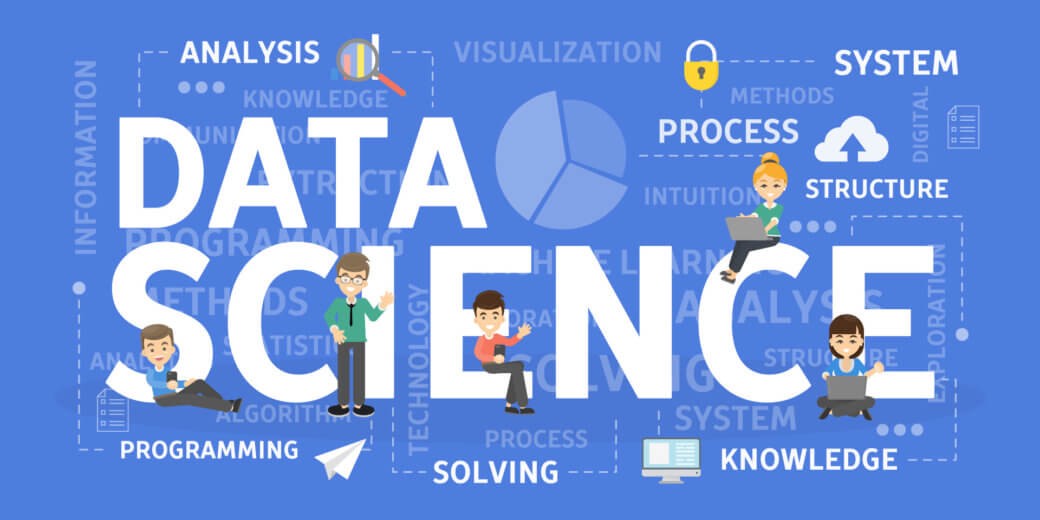Learning Relational Databases

LinkedIn Learning Review
Location
Online(Course Link)
Dates
On Demand
Course Categories
IT, Technology and Software
Certficate
Yes()
Language
English
Course Fees
US Dollar 15.94 (Check Course Page for Last Price)No. of Attendant
Unlimited
Acquired Skills/Covered Subjects
- Identify the three rules of relations.,Summarize the four stages of developing a relational database.,Describe a strategy one might use to ensure a database remains flexible in terms of the questions a user can ask.,Explain how to avoid scope creep.
| Provider Name | LinkedIn Learning |
|---|---|
| Training Areas |
|
| Website | https://www.linkedin.com/learning/ |
| About The Provider |
LinkedIn Learning is an American website offering video courses taught by industry experts in software, creative, and business skills. It is a subsidiary of LinkedIn. It was founded in 1995 by Lynda Weinman as Lynda.com before being acquired by LinkedIn in 2015.Microsoft acquired LinkedIn in December 2016. |
Have you ever opened up a database that someone else built and felt a little lost? Or ever thought of designing your own simple database and been unsure of where to start? Or perhaps you need to work with a team of database professionals and don't know how to speak their language? This course can help you overcome these hurdles.
Adam Wilbert covers the basics of relational database design, regardless of whether you use Access, FileMaker, Open Office, or SQL Server. Learn how to prevent data anomalies, gather requirements to plan your design, and develop a conceptual data model—translating your ideas into components like tables, relationships, queries, and views. Plus, learn about logical design considerations that can help you construct a database that is easy to maintain.








